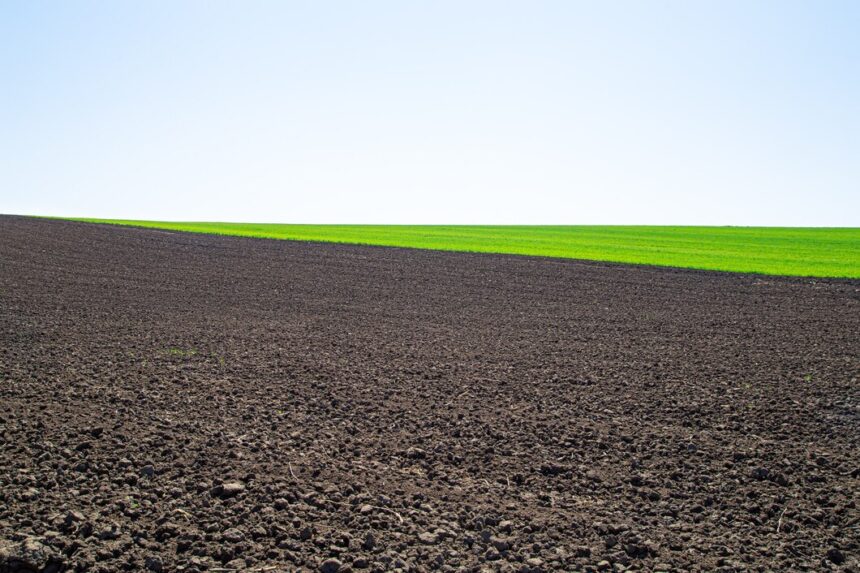Soil aeration is crucial for maintaining healthy, productive crops and fostering beneficial microbial activity. For South African farmers, effective tilling can enhance soil structure, improve root development, and boost overall crop performance. Here are some essential tilling tips to optimize soil aeration and promote better soil health:
1. Understand Your Soil Type
Different soil types respond differently to tilling. Conduct a soil test to understand your soil’s texture, structure, and drainage characteristics. Sandy soils may require less tilling, while clay soils might benefit from more careful management to avoid compaction.
2. Avoid Over-Tilling
Excessive tilling can lead to soil compaction and degradation. Limit tilling to the minimum required for seedbed preparation and avoid working the soil when it is too wet, which can lead to soil clumping and compaction.
3. Use the Right Tillage Equipment
Choose tillage equipment that matches your soil conditions and crop requirements. Tools like rotavators, disc harrows, and chisel plows can improve soil aeration while minimizing disturbance. Ensure equipment is well-maintained for optimal performance.
4. Implement Conservation Tillage
Incorporate conservation tillage practices, such as reduced tillage or no-till farming, to maintain soil structure and reduce erosion. Conservation tillage can help preserve organic matter and enhance soil aeration by leaving crop residues on the surface.
5. Practice Crop Rotation
Rotate crops regularly to break up soil compaction and improve soil structure. Different root systems and plant types contribute to varied soil aeration and nutrient distribution, which can enhance overall soil health.
6. Incorporate Organic Matter
Add organic matter, such as compost or green manure, into the soil before tilling. Organic matter improves soil structure, increases aeration, and supports beneficial microbial activity, which can enhance soil health and fertility.
7. Monitor Soil Moisture
Tilling should be done when soil moisture levels are optimal—neither too dry nor too wet. Proper moisture levels help achieve better soil aeration and prevent problems like soil clumping or excessive compaction.
8. Use Cover Crops
Plant cover crops to protect the soil and improve its structure. Cover crops, such as legumes or grasses, can create natural channels in the soil, enhance aeration, and contribute organic matter when tilled under.
9. Employ Strip Tillage
Consider strip tillage, which involves tilling only narrow strips where crops will be planted while leaving the rest of the field undisturbed. This method helps maintain soil structure and improves aeration in the planting zones.
10. Evaluate and Adjust Practices
Regularly evaluate the effectiveness of your tilling practices and make adjustments as needed. Monitor soil health indicators, such as aeration, compaction, and root development, to ensure your tilling methods are achieving the desired outcomes.
Benefits of Proper Tilling for Soil Aeration
Implementing these tilling tips can offer several benefits for South African farmers:
- Enhanced Root Development: Well-aerated soil allows roots to grow more freely and access nutrients and water more efficiently.
- Improved Soil Structure: Proper tilling techniques help prevent compaction and promote better soil aggregation.
- Increased Microbial Activity: Aerated soil supports a diverse and active microbial community that contributes to soil health and fertility.
- Better Crop Yields: Healthier soil leads to stronger, more productive crops and can improve overall farm profitability.
By following these tilling tips, South African farmers can optimize soil aeration, enhance soil health, and achieve better crop performance. Proper tilling practices are an essential component of sustainable agriculture and can contribute to long-term farming success.
Join 'Farmers Mag' WhatsApp Channel
Get the latest Farming news and tips delivered straight to your WhatsApp
CLICK HERE TO JOIN






